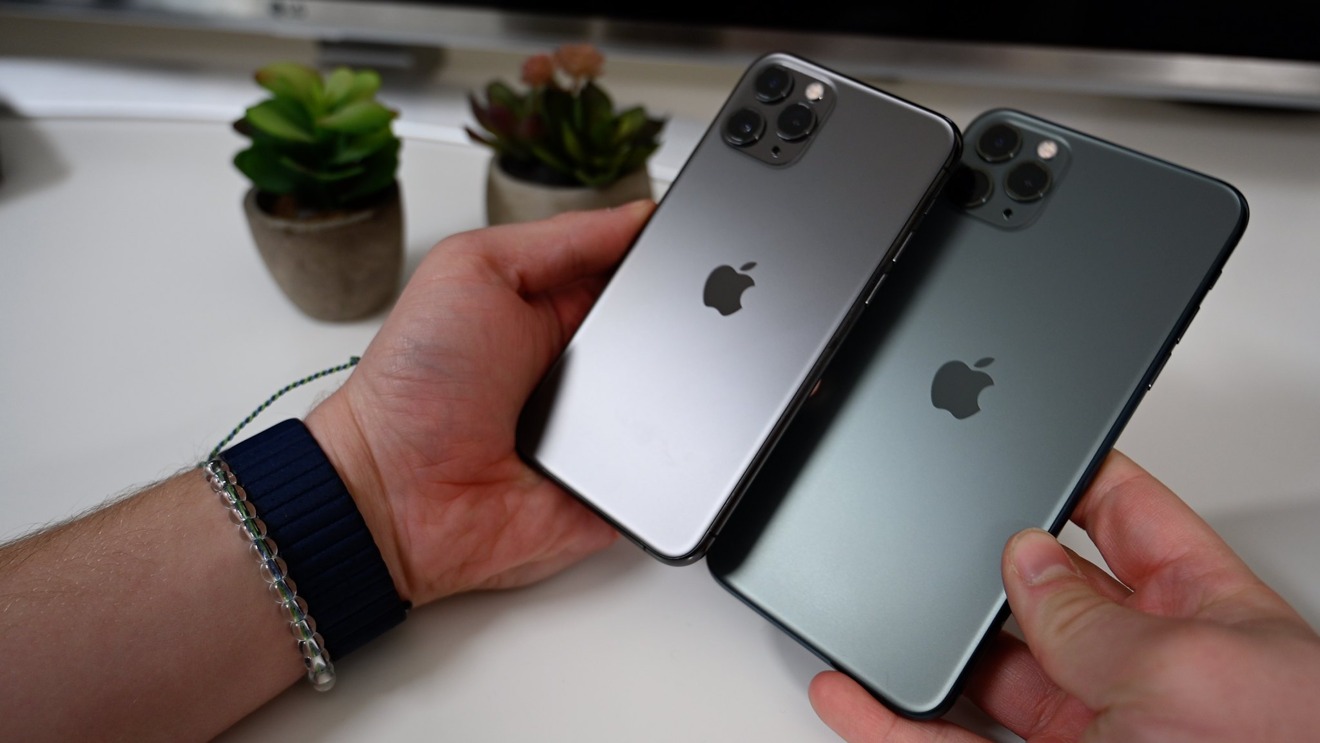An independent lab claims that the iPhone 11 Pro emits over twice the FCC's legal limit for radio frequency emissions — but as before, there are more questions than answers surrounding the testing, and no demonstrable health danger to the public at all.
According to California-based RF Exposure Lab, the iPhone 11 Pro exposes users to a Specific Absorption Rate of 3.8W/kg. The FCC's legal limit is set to 1.6W/kg. The tests were performed using the FCC's guidelines that suggest the iPhone should be tested from five millimeters away, but other testing methodologies are unclear at this time. For instance, it isn't clear if proximity sensors designed to reduce the broadcast RF power were triggered properly, or at all.
Previous iPhones had been the subject of similar scrutiny. Several had been the subject of a class-action lawsuit. However, the FCC performed a retest on the iPhones in question, which proved they operate within the legal limits.
All of the devices tested at the FCC's own lab — not a contractor — were under the maximum legal limit of 1.6 watts per kilogram or less, over 1 gram of tissue that is absorbing the most signal. The legal limit is derived from a safe limit, which is about 50 times higher.
Federal limits for RF exposure to the populace are extremely conservative, and the testing is performed in absolute worst-case conditions. While the levels seen by the experiment are above that limit, the iPhone models in question do not pose a safety or health hazard.
The US government sets several limits on exposure to just about everything. One is a safe limit, a second is an occupational limit, and the third is a non-occupational limit. In the case of radiofrequency exposure like from the iPhone, the occupational limit for industry workers is 10% of the safe limit, with the non-occupational limit set at 2% of the safe limit.
The US Food and Drug Administration has been running studies for 15 years on the subject. The FDA points out that there have been some studies showing minor effects from the devices, but they aren't reproducible. Both the FDA and WHO note that given the profoundly low levels of energy involved, it is nearly impossible to eliminate other causes producing the biological effects in the studies that did find an effect.
Those still concerned about RF exposure from an iPhone can use the speaker feature on the device to limit your exposure. Paradoxically, cases advertised as "RF shielding" force the iPhone to broadcast with more power and for longer duration to find and connect to Wi-Fi or wireless networks.
 Amber Neely
Amber Neely







-m.jpg)






 Marko Zivkovic
Marko Zivkovic
 Christine McKee
Christine McKee
 Andrew Orr
Andrew Orr
 Andrew O'Hara
Andrew O'Hara
 William Gallagher
William Gallagher

 Mike Wuerthele
Mike Wuerthele
 Bon Adamson
Bon Adamson


-m.jpg)



28 Comments
I call bs and/or clickbait. Any serious manufacturer knows about how to design and produce a conform product. Much more so, when it’s not the first time they develop one. And yes, given series production variation, there may be one phone or other that crosses the limit - slightly. Claiming they are far off likely indicates they didn’t measure properly.
Hey, AI, why no link to where you found out about this story? I want to find out more about what they were testing; did this emissions finding only occur doing voice calls or does it happen all the time when the phone is just being used for data? Because you have no link, I went to RF Exposure Lab's website on my own and didn't find any reports; it seems they only let you read what they did if you pay them. As such, I'd discount their "finding" until we can examine their testing methodologies and their actual claims.
I heard about the independent lab. It’s called Samsung Mobile Communication.
This was debunked over a week ago, maybe two weeks ago. Why bring it up now?